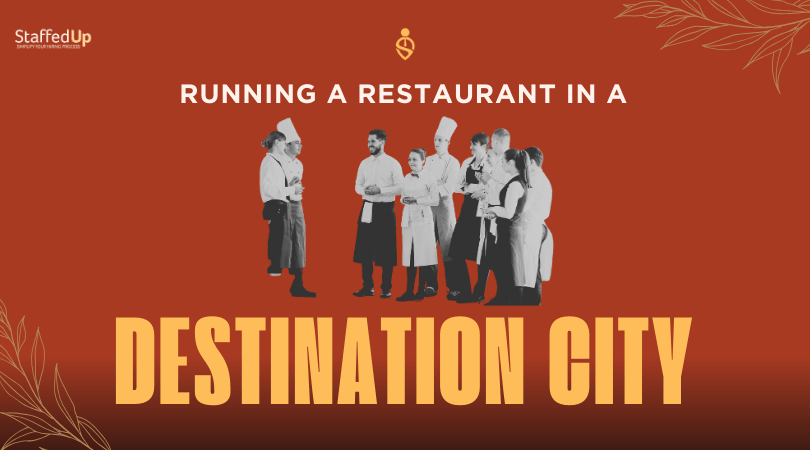Running a restaurant in a destination city presents unique challenges and opportunities. With a constant influx of tourists and a competitive market, restaurateurs need to be strategic to stand out. In this blog, we’ll explore essential tips for running a restaurant in a destination city, ensuring your establishment thrives year-round.
Understanding Your Audience
One of the key aspects of running a restaurant in a destination city is understanding your audience. Tourists have different expectations and preferences compared to local patrons. According to a study by Visit California, tourists often seek unique dining experiences that reflect the local culture. Tailoring your menu and ambiance to highlight local flavors and traditions can attract more visitors and create memorable experiences.
Leveraging Seasonal Trends
Destination cities often have peak tourist seasons. Leveraging these seasonal trends can help maximize your restaurant’s profitability. Offer seasonal specials, limited-time promotions, and themed events to draw in crowds during busy periods. Additionally, consider adjusting your staffing levels to accommodate the increased demand during peak seasons.
Enhancing the Dining Experience
In a city filled with dining options, providing an exceptional dining experience is crucial. Focus on creating a welcoming atmosphere, delivering excellent customer service, and maintaining high food quality. Pay attention to details such as ambiance, cleanliness, and staff training to ensure every guest leaves with a positive impression. Encourage customers to leave reviews on platforms like TripAdvisor and Yelp to boost your restaurant’s reputation.
Promoting Your Restaurant
Effective promotion is key to running a restaurant in a destination city. Utilize social media platforms to showcase your dishes, share behind-the-scenes content, and engage with followers. Collaborate with local influencers and travel bloggers to reach a wider audience. Create eye-catching posts and stories to capture the attention of tourists planning their trips. Consider offering special deals or discounts to followers to incentivize visits.
Building Partnerships
Forming partnerships with local businesses and attractions can drive more traffic to your restaurant. Collaborate with hotels, tour operators, and event organizers to create joint promotions. For example, offer discounts to guests staying at nearby hotels or participating in local tours. Building strong relationships within the community can enhance your restaurant’s visibility and credibility.
Managing Busy Seasons
Running a restaurant in a destination city means dealing with fluctuating demand. Managing busy seasons effectively requires careful planning and flexibility. Ensure you have enough staff, inventory, and seating arrangements to handle the crowds. Implement reservation systems to manage wait times and improve customer satisfaction. Training your staff to handle high-pressure situations can also enhance the overall dining experience.
Embracing Technology
Incorporating technology into your restaurant operations can streamline processes and improve efficiency. Use reservation management systems, online ordering platforms, and digital payment solutions to enhance the customer experience. Stay updated with the latest technological advancements in the restaurant industry to remain competitive and meet the evolving needs of your guests.
Conclusion
Running a restaurant in a destination city is both challenging and rewarding. By understanding your audience, leveraging seasonal trends, enhancing the dining experience, promoting your restaurant, building partnerships, managing busy seasons, and embracing technology, you can create a thriving establishment that attracts both tourists and locals. For more insights and resources on running a successful restaurant, explore our blog and join the community of hospitality professionals making a mark in their industry.




